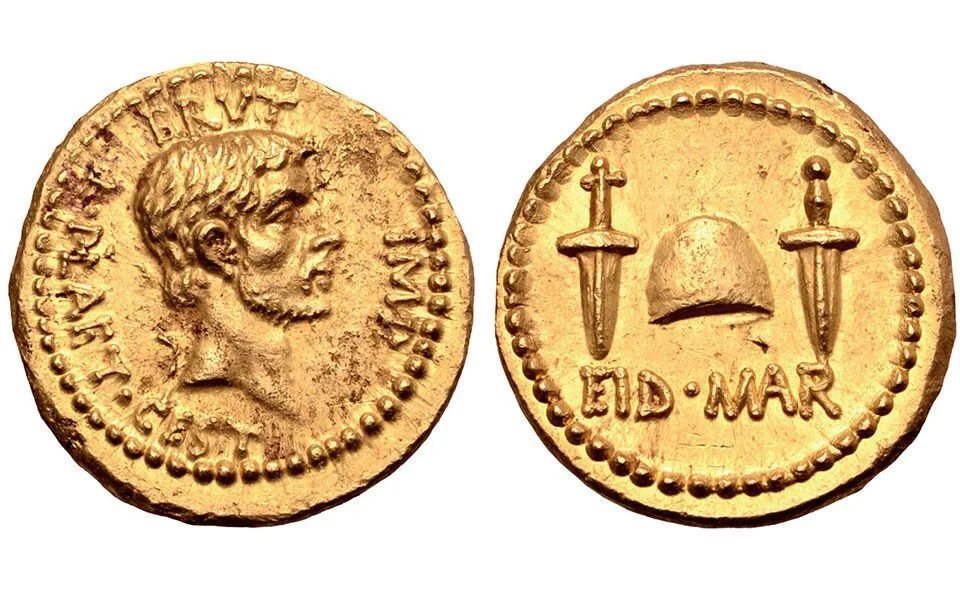Investigators in New York returned that priceless ancient gold coin to the Greek government after concluding that it had been stolen and unlawfully offered for auction in 2020.
Unquestionably the greatest piece of ancient coinage is the Eid Mar.
The coin, which is worth $4.2 million, depicts the portrait of Marcus Junius Brutus, a former ally and friend of Julius Caesar who was assassinated on the Ides of March in 44 B.C. among other Roman senators.
Historians and specialists claim that Brutus had the coins struck in gold and silver to celebrate Caesar's death and to pay his soldiers during the civil war that ensued.
The coin, one of 29 antiquities retrieved to Greek authorities, was turned up earlier this year by an unnamed American millionaire who, according to investigators, had purchased it in good faith in 2020.
The murder of Caesar on the Ides of March in 44 BC.
According to officials, the British dealer who assisted in organizing the sale was detained in January, and the currency itself was found in February.
The coin, which was produced two years after Caesar's death, is one of just three known to exist and is around the size of a nickel and weighs about 8 grams, according to experts.
There were also 100 of the coin's silver counterparts, which are confirmed to exist.
They can be sold for between $200,000 and $400,000.
According to experts, the coin was probably found more than ten years ago in a location in modern-day Greece where Gaius Cassius Longinus, Brutus' ally in the civil war, and their army were camped.
The Latin inscriptions "BRVT IMP" and "L PLAET CEST" are carved alongside an image of Brutus from the side on the coin's front, or obverse.
According to experts, the first one stands for "Brutus, Imperator," with imperator denoting commander rather than emperor.
The latter is an acronym for Lucius Plaetorius Cestianus, who served as Brutus's de facto treasurer and oversaw the coinage's minting and assaying.
On the reverse, a pileus-shaped cap is flanked by two daggers.
According to scholars, the daggers represent Brutus and Cassius and represent the manner of Caesar's execution, while the cap represents freedom and was worn by emancipated slaves.
The overall message of the painting is to commemorate the murder as the action that freed Rome from Caesar's rule.
The Latin inscription "EID MAR" appears beneath the symbols, designating the Ides of March, or March 15, 44 B.C., the momentous day when the conspirators left Caesar dead on the Roman Senate floor.








